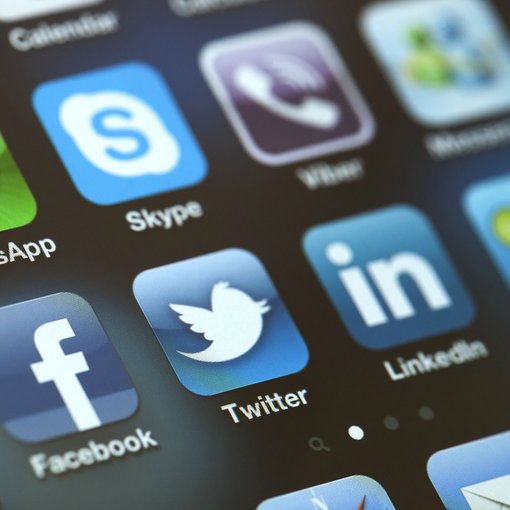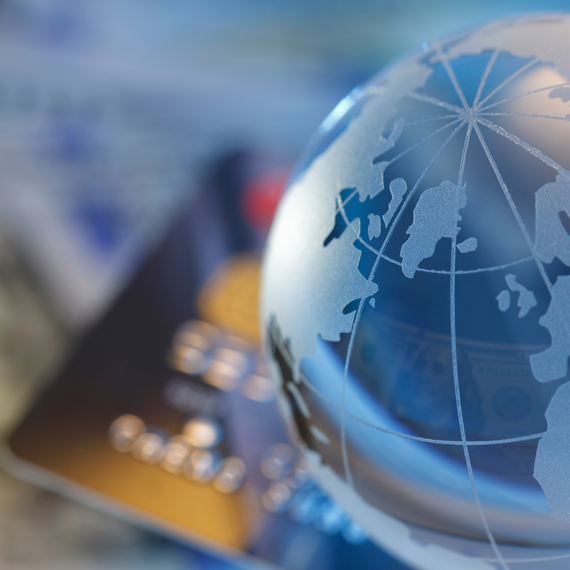
- 5 minutes read
Who will win battle for P2P Payments?
The value of mobile person-to-person payments is set to increase 40 per cent globally to $540 billion by the end of 2017.
Whether splitting the bill at the restaurant, reimbursing a friend, sending remittances or paying for goods and services on the resale market, peer-to-peer (P2P) payments made informally from one person to another are a long-standing feature of the payments industry. Whereas once we paid by cheque, cash or bank transfer, today we pay by app, message or phone.
The value of mobile person-to-person payments is set to increase 40 per cent globally to $540 billion by the end of 2017, according to Juniper Research. In the United States alone, the total transaction value of mobile P2P payments will grow 55 per cent to $120.38 billion, a figure that is expected to double by 2021, says eMarketer.
The race is now on for companies to extend their geographic and demographic reach, and mop up numbers. In 2017, bigwigs from banking and tech will attempt to muscle in on the scene, where hitherto nimble P2P startups have had competitive advantage.
The focus for providers will be monetising the service, especially as the space grows crowded. In the past, companies operated mobile P2P for free, but at a loss, as the service offered a low-friction way to onboard consumers, according to BI Intelligence research. However, as subscribers grow and the service starts to eat into firms’ traditional revenue streams, finding ways to monetise will become crucial.
“P2P payments is a razor-thin margin business. It’s not something you make a lot of money with unless you have huge scale,” says Aurélie L’Hostis, analyst at Forrester Research.
For consumers, the context will be crucial. “It’s a question of convenience and education,” says Ms L’Hostis, who argues that those companies that eventually come out on top are likely to offer an ecosystem of integrated services, among which payments is a complementary addition to the others.
Zelle
While the P2P app Venmo was becoming a household name in the US, you’d be forgiven for wondering if American banks were ignoring the fintech revolution entirely. Behind the scenes, however, consultations had been ongoing since 2011 and finally came to fruition with the launch of Zelle in 2017, a new P2P payments app that has the backing of more than 30 US banks, including Bank of America, Wells Fargo and J.P. Morgan Chase.
Usable by anyone with a Visa or Mastercard debit card account, regardless of their financial service provider, the move demonstrates how banks are taking mobile more seriously. Zelle offers crucial advantages over the P2P market incumbents, most notably speed. Money transferred through the network will be available to the recipient immediately, in contrast to most services which usually take at least a day to complete transfers to a bank account.
“Banks realise that if they are not offering a P2P service themselves they will start losing visibility among their customers who use these apps frequently,” says Ms L’Hostis. So far Zelle has already achieved impressive numbers and looks set to bring P2P payments into the US mainstream. In the first half of 2017, it enabled 100 million transactions, worth $33.6 billion, more than double Venmo’s value over the same timeframe.
Apple
Apple is harnessing its customer base to provide a message-based payment service that cuts out apps entirely. As part of a forthcoming update to its mobile operating system iOS11, the new feature enables users to send and receive from within its iMessage app or tell Siri to pay someone, using the credit and debit cards they already have saved in Apple Wallet.
Users will receive money in a new Apple Pay Cash account, and that digital money can be used for purchases using Apple Pay in stores, apps and on the web, or transferred to someone else or transferred from Apple Pay Cash to their bank account.
Apple is endeavouring to keep up with PayPal, as both are eyeing a full bank-like payment service, which analysts consider to be the natural next step for payment companies. The Apple Pay Cash card that will be delivered with prepaid payment card company Green Dot will only work across its own devices, which could be a potential drawback.
There was a time when US tech companies would accuse Chinese counterparts of copycatting their designs and innovations. But today, especially in mobile payments and platform diversification, US tech giants look to China and the likes of WeChat, owned by Tencent, and Alipay, a subsidiary of Alibaba, for their future cues.
Following WeChat’s lead, WhatsApp is preparing to introduce payments to its messaging app, making it the latest service to let users transfer money to one another with a text. Based on the observation that you are more likely to send frequent payments to people you frequently have contact with, social media payments enable a frictionless service in the same context where conversations about those payments will most likely be taking place – a messaging app.
WhatsApp, which has more than a billion users a day, is trialling the immediate bank-to-bank transfer service in India, which would give approximately 200 million users the ability to transfer money through the app. Social media payments are set to proliferate across Europe soon thanks to the recent relaxation of European Union laws that govern who can offer digital payment services.




